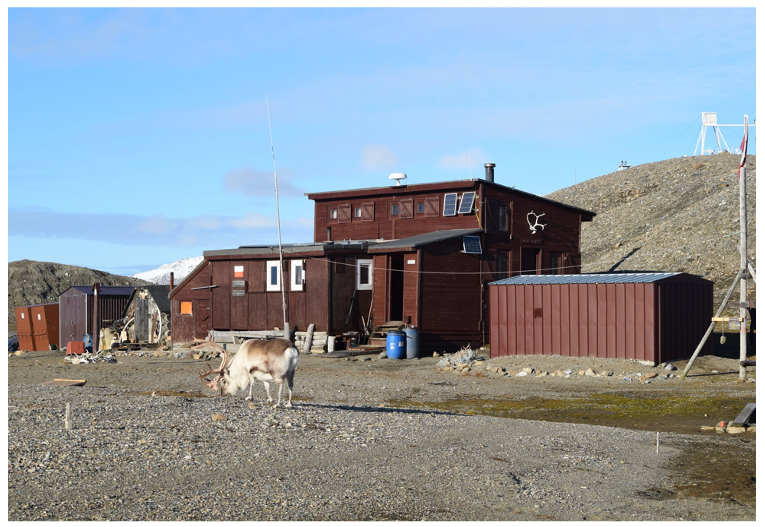Nicolaus Copernicus University Polar Station, PL

Nicolaus Copernicus University Polar Station, PL
The research station, established in 1975, is owned by the Polar Research Center of the Nicolaus Copernicus University in Torun, Poland.
Research at the station includes glaciology, hydrology, glacial geomorphology, permafrost, and periglacial processes, as well as climatologic and botanical studies. The station has one of the longest data series of glaciological, meteorological and permafrost parameters available on Svalbard.
The station is located in proximity of Ny-Ålesund, a settlement and major international research centre. The station offers possibilities to investigate all the components of the cryosphere in one place (glaciers, snow cover, sea ice and permafrost) making the station a unique natural research laboratory.
Contribution to POLARIN key research challenges: 1, 2, 3, 4, 5, 6, 7
Contact: Station manager Ireneusz Sobota, irso[at]umk.pl
Website
https://stacjapolarna.umk.pl
https://www.interact-gis.org/Home/Station/93
Location
The station is located in the western part of the Oscar II Land, in the northern part of the coastal Kaffiøyra Lowland, in north-western Spitsbergen. The station was established about 150 m from the shoreline, at the terminal moraines of Aavatsmarkbreen. Svalbard is accessible for scientific research based on the Svalbard Treaty (since 1920). Svalbard Environmental Protection Act determined the erection of national parks. The station is its location outside any nature parks and reserves, and this allows a relatively high degree of freedom to move around and do research in the area, and it is open for visitors without special permits. Research projects need to be registered. The nearest civilian settlement is Longyearbyen, 100 km south of the Kaffiøyra region.
Facilities
The station consists of 32 m2 of floor space downstairs and 24 upstairs. There is the main room, a workshop, a bedroom, two mezzanine sleeping areas, and a fully equipped kitchen and lab, and an extra bedroom for 6 persons. There are also additional storage areas, another lab, a bathhouse, a lavatory, and garages for boats and motors. Now, the total useable floor space of all rooms and outbuildings is more than 100 m2. The station is furnished with all the necessary technical equipment, such as generator sets, photovoltaic cells, and motorboats and others. There is enough safety equipment to provide the necessary protection while working on glaciers or on water. This includes radio and satellite communication equipment, and appropriate firearms to be able to respond to potential threats from polar bears.
Services offered
The services offered include automatic weather stations, stream gauges, limnimeters and data loggers, a network of ablation poles arranged on the glaciers, ice drills, ground and ice temperature loggers, drones, GPS and more.
What is included in the Access
Unit of access: User/day
Modalities of access offered: In-person access, remote access
The access includes accommodation and the use of infrastructure (fuel, meals, navigation devices, etc.) and its facilities and services. The typical duration of work is 1-2 weeks. Scientists will be obliged to use the station’s infrastructure in accordance with the general rules. Research must follow the established security guidelines.
Availability for Access
See the table in the dedicated Transnational Access call page.
Time frame for access preparations
The time frame to receive the documentation from the RI users and make the logistic arrangements (after access is granted) is 1-1.5 months.
Permits, licenses and training
The following documents are required for research after the access is granted: Project’s ID in the Research in Svalbard database and a rental gun permit.
In addition, each user should undergo rifle training, a certificate of which must be provided to the station manager well ahead of the access takes place.
The station can provide more detailed information about the permits, licenses and certificates needed for the access.
Medical guidelines
Each user must provide a health certificate to the station prior the access visit.